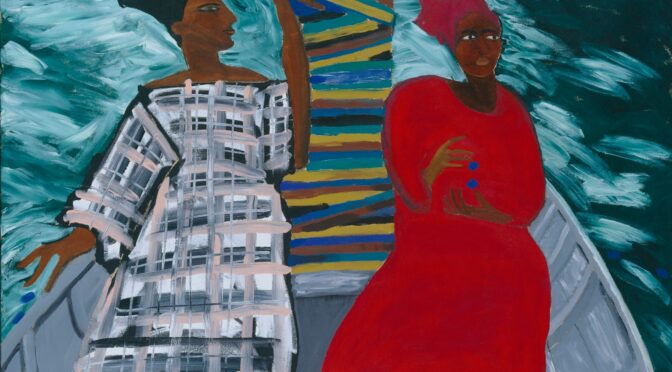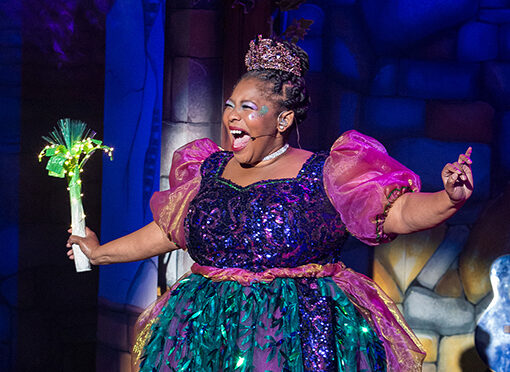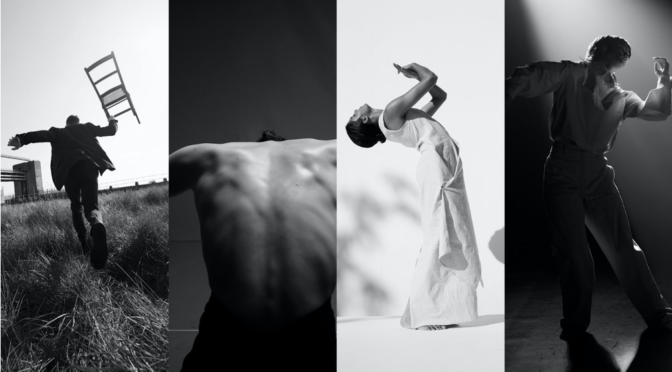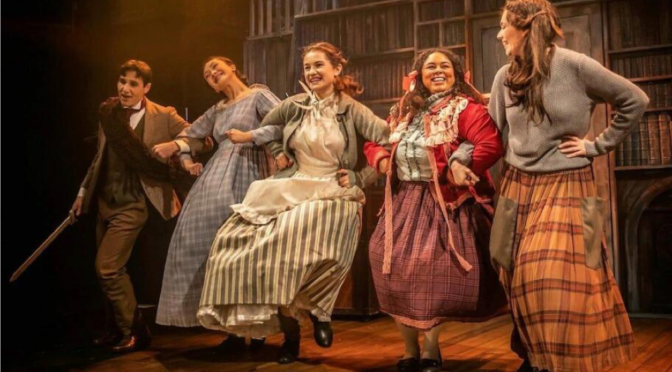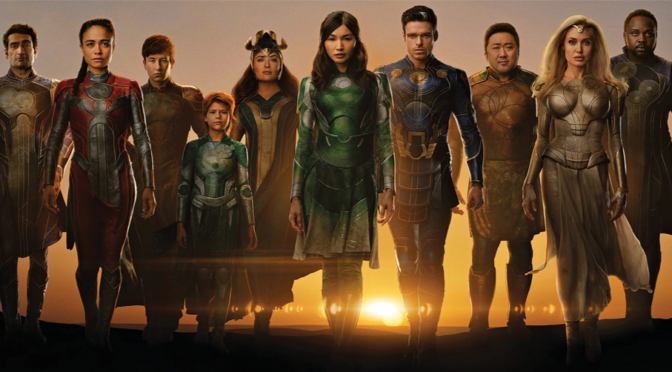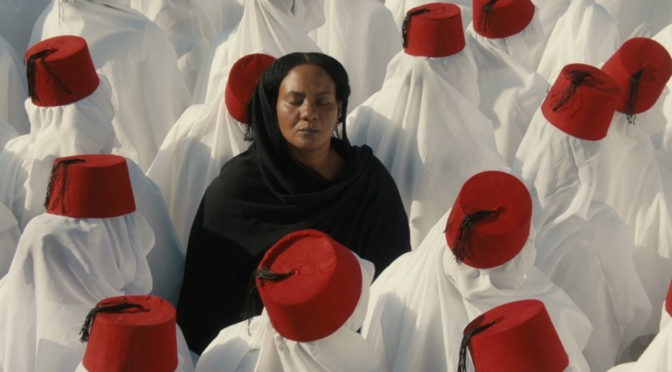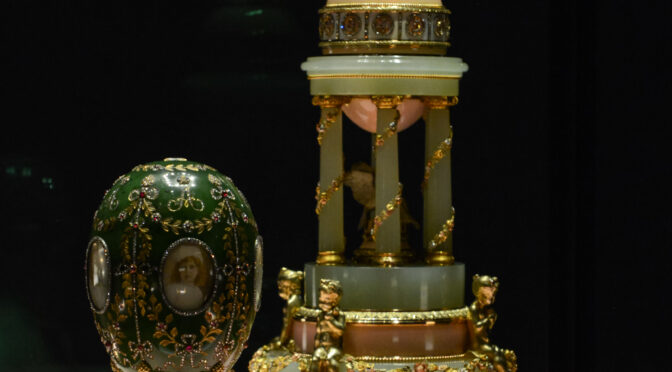Tate Modern presents Lubaina Himid’s largest solo exhibition to date, showcasing six new unseen paintings, as well as some of her more prominent work. Across her career, Lubaina Himid’s powerful contemporary art has made its mark in the British Black Arts movement, winning her the Turner Prize in 2017. This colourful, contemporary exhibition is one which not only catches the eye, but leads us to question how the built environment, history, personal relationships and conflict shape our lives.
The whimsical, theatrical nature of this exhibition reflects Himid’s interest in opera and theatre. Each installation draws our attention to everyday moments, each telling its own story. Collectively, they act as starting points for conversation, for taking action and for making changes. Himid’s paintings capture both moments of power and of struggle – from the difficulties of migration to women coming together in solidarity. What I found most fascinating were the vibrant patterns and fashionable designs throughout. Influenced by her mother’s career as a textile designer, Himid’s use of East African kanga textiles is prominent in her paintings. It is a perfect intertwinement of fashion and culture.
A key feature of this exhibition is the use of sound installations, including Blue Grid Test 2020, a collaboration between Lubaina Himid and Magda Stawarska-Beavan. This 25-metre-long painting includes 64 patterns from all over the world, each painted a different shade of blue. Paired with the paintings, the sound installations allow the visitor to immerse themselves into the exhibition and deeply ponder the questions which Himid is asking us.
This vibrant, contemporary exhibition combines politics and culture, asking an important series of questions as you pass through each room. Featuring famous works such as A Fashionable Marriage, and new unseen paintings, this exhibition is one that captivates both the mind and the eyes. The final question reads ‘Do you want to live an easy life?’ – it allows the viewer to reflect upon the exhibition and reminds us of Himid’s message. It is up to us to build a world that fits our own needs.
Book your tickets now at: https://www.tate.org.uk/whats-on/tate-modern/exhibition/lubaina-himid
Reviewed by Ridha Sheikh – Ridha is a volunteer writer for Abundant Art. She is a recent History and Politics graduate from Queen Mary – University of London. Ridha is excited to explore and share her strong passion for London’s art scene.

